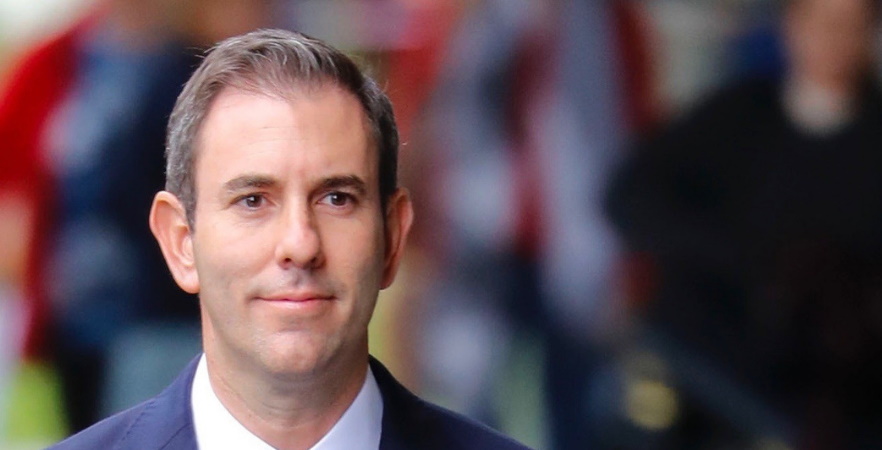Political parties can recover after a devastating election loss. But the Liberals will need to think differently
- Written by Frank Bongiorno, Professor of History, ANU College of Arts and Social Sciences, Australian National University

Australia has just had its second landslide election in a row.
In 2022, there was a landslide against the Liberals, but not to Labor, which fell over the line (as a majority government) by three seats and with just over 32% of the primary vote. But the Coalition – actually Liberal – loss of seats[1], at 19, was the kind of result usually associated with the term “landslide”.
In 2025, we have a genuine landside to Labor. At the time of writing, the ABC has declared[2] a Labor gain of 15 seats (78 to 93), but with the strong likelihood of one more, and an outside chance of another.
Labor’s share of the two-party preferred vote sits at 54.8%. To add a bit of historical perspective: Labor’s two-party preferred vote is lower than the Coalition’s in the so-called Vietnam election of 1966 (56.9%) and the Dismissal election of 1975 (55.7%), but better than John Howard’s in 1996 (53.6%) and Tony Abbott’s in 2013 (53.5%). The Coalition managed 94 seats in a slightly smaller House of Representatives of 148 (compared to 150 at the 2025 election) in 1996. Labor might also land on 94 this time, once the counting is done.
For Labor, it is a victory on a scale only rivalled – and indeed slightly overshadowed statistically – by John Curtin’s wartime election in 1943[3], when Labor gained 49 seats in a House of 74. That was two-thirds of the available seats and perhaps 58% of the two-party preferred vote. (The full distribution of preferences only came in later elections). In 2025, Labor is likely to land on just under 63% of the House.
Big majorities carry their own headaches, as Labor’s factional wrestling of recent days reminds us. But a big loss is a much worse ordeal for the loser.
First, there is the problem of finding a leader. He, or she, will be selected from depleted ranks. They will often inherit a demoralised party that will lack belief in its ability to return to office in a single term – allowing that there has been no one-termer in Australian federal politics since the Scullin government (1929-32).
Sussan Ley, the new Liberal leader, will realise – or should realise – that as a leader elected following such a defeat, her chances of ever making it to the prime ministership are slim.
Since the second world war, a new leader chosen after a loss of office has never become prime minister. Peter Dutton, who became opposition leader in 2022, joined Billy Snedden (after 1972), Kim Beazley (1996), Brendan Nelson (2007) and Bill Shorten (2013) as those who never went on to lead the country.
But any leader who slips into the role – either re-elected or for the first time – after a big loss is a long shot to make it. The best example we have from the postwar era is Gough Whitlam, elected leader in February 1967 after one of the biggest landslides in Australian political history, won by Harold Holt at the 1966 election. It is therefore worth revisiting what he did to get there.
Whitlam biographers such as Graham Freudenberg and Jenny Hocking have offered us a detailed picture of Whitlam’s systematic work on reforming the party and policy as part of his pitch to the people. The Liberals could do worse than think in those terms as they contemplate their rebuild. They have vast work to do on all of those fronts.
As a party, Labor was a basketcase in 1967. In Victoria, it was dominated by a group of left-wing unionists and members who seemed more concerned with maintaining ideological purity than winning elections. Whitlam taunted them at the state conference in 1967 that “certainly, the impotent are pure”.
But between 1967 and 1972, Whitlam and his allies – some of them on the left outside Victoria – modernised the party’s structures and rules, and moderated left-wing domination of the Victorian branch. Alongside these reforms came a comprehensive policy overhaul – the formulation of what Whitlam reverentially called “The Program” – drawing on a vast network of experts across the country and the most compelling models from other countries.
This was paired with a redesign of the party’s image that helped it win back a vast number of voters at the 1969 election, culminating in the remarkable, election winning “It’s Time” campaign in 1972.
It was a six-year effort, and it was far from easy. But it is perhaps the best modern example we have of what a shattered party needs to do to win back office.
Labor faced similar challenges after 1975 and, although the process was messier, Bob Hawke’s eventual election in March 1983 owed much to a process of reform of Labor party, policy and image led by Bill Hayden between 1977 and 1983. This time, it was the Queensland branch of the party – Hayden’s own – that needed an overhaul, which it received through federal intervention of the kind applied to Victoria a decade before.
Labor also worked out a Prices and Incomes Accord[4] with the union movement, designed to avoid many of the economic and political problems experienced by Whitlam in government, such as runaway inflation. Hayden, like Whitlam before him, crafted an electable opposition. Hawke, however, reaped the benefit after he replaced Hayden on the eve of the 1983 campaign.
There are lessons here for the Liberals. First, they can no longer avoid party reform. Their post-election reviews of recent times often read like Gothic tales: indeed, I could recommend the Western Australian one after the 2021 state election only to those with stomachs capable of standing up to slasher movies.
Second, the 2025 election revealed a Coalition policy wasteland. Some, such as the idea of a nuclear power plants across the country, were daft. Others, like cuts to the fuel excise for a year – coinciding with a decline in petrol prices – were dross. Others again simply made it appear the Coalition was making it up as it went along. It would be hard to conceive of anything further removed from the best examples we have of policy rebuilding by shattered parties.
Finally, there are the people. Who, exactly, are the Liberals trying to win over? From May 2022, Dutton seemed to have his eye on Labor voters in the outer suburbs, but he did very little that was likely to win them over. He did even less to win over groups who have turned decisively away from the Liberals in recent years, such as women and the young.
Whatever efforts they made to win over the so-called multicultural communities, such as Chinese-Australian voters, were undone by clumsy messaging from the ministerial ranks about “spies”. In the end, it often seemed that Dutton – and possibly also most of the survivors of 2022 – didn’t have their hearts in appealing to the kinds of voters who had turned to the teals, Labor and Greens in 2022. They preferred to commune with their own.
The impotent are still pure: the Liberals emerge from the 2025 campaign unsullied by a dalliance with strangers. They now have their reward. Whether a party organisation with branches dominated by the ideologue, the conservative, the elderly and the eccentric can act as an instrument for forging a new electoral alliance of the kind that set up the party in the 1940s for decades of success must be considered doubtful. There is no Robert Menzies on the horizon. And there is no Liberal movement speaking a language of progress rather than reaction.
This is the greatest crisis faced by Australia’s centre right since 1943 – and we can be certain that, unlike Ben Chifley, Anthony Albanese won’t do his opponents the favour of trying to nationalise the banks.
References
- ^ loss of seats (results.aec.gov.au)
- ^ the ABC has declared (www.abc.net.au)
- ^ 1943 (handbook.aph.gov.au)
- ^ Prices and Incomes Accord (theconversation.com)
















